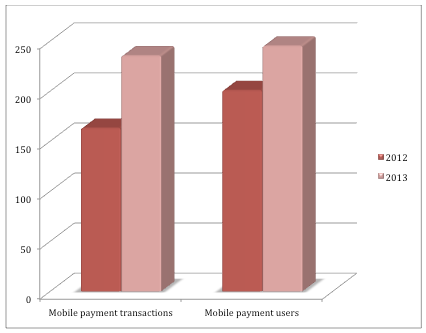ecommerce
2 TopicsGLOBAL Live Webinar: Key Takeaways for the 2023 F5 Identity Threat Report
This event is open to all F5 users regardless of geographic location. Date: Thursday, February 29, 2024 Time: 10:00am PT | 1:00pm ET Speakers: Sander Vinberg, Threat Research Evangelist, F5 and Corey Marshall, Director Solutions Engineering What's the webinar about? Changes in how organizations build, run, and secure information systems have also shifted how we look at authentication and access control. The emerging concept of identity is transforming the ways humans and non-human actors use data and compute power. Meanwhile, organizations’ focus on identity also means that it has become a focus for attackers. Organizations must stay vigilant by addressing the latest attack techniques– and take a proactive approach to mitigating identity risks. Join Corey Marshall, Director of Solutions Engineering,and Sander Vinberg, Threat Researcher and lead author on the 2023 Identity Threat Report: The Unpatchables, as they share findings from the report and discuss their practical implications for securing digital identities. They will explore the top threats, highlight what you need to watch for, and specific F5 technologies that can help you address these threats. Attend this webinar to discover: The state of credential stuffing, including preferred targets The evolution of phishing, including tactics and counter-countermeasures What the growth of MFA bypass techniques could mean for you Learn more, register today182Views2likes0CommentsF5 predicts: Changing demographics influence purchasing behaviours
As early as 2013, Gartner talked of the revolution sweeping the world of mobile payments. Global mobile payment transactions rang in US$235.4 billion in 2013, up 44% from US$163.1 billion in 2012 Mobile payment users in 2013 reached 245.2 million, up from 200.8 million in 2012. Yet another survey conducted by SAP in 2013 revealed: 37% of people polled in Asia Pacific were more likely to use their mobile device to conduct banking activities compared to the global average of 29 percent. A further 37% were ready to purchase goods and services – most commonly clothes and books or e-books via their mobiles - higher than the global average of 26 percent. Against this context, it is hardly surprising then that in 2013 alone, Southeast Asia saw investments to the tune of at least $638 million in the field of e-commerce. International e-commerce giants such as Rocket Internet, Japan’s Rakuten and China’s Taobao have landed on the shores of Southeast Asia. While the initial focus has been on drawing traffic to their online web stores, it is only a matter of time before they start marketing their mobile apps to leverage on the growing affinity for mobile payments and transactions. Line, a messaging app that has 300 million registered users worldwide and 14 million active users in Indonesia alone, is yet another possible mobile commerce giant. Online shopping is slated for continued growth and evolution. The rise of the millennial The rise of the mobile commerce can be directly attributed to the rise of the mobile generation, commonly called the Gen Y & Z or the millennial, who are spearheading this disruption in the way we work, live and play. Fuelled by the need to consume content and purchase on the go, the millennial are likely to own multiple mobile devices. Increasingly they are turning out to be the darlings of all online shopping powerhouses. With a few taps on their smart device, the millennial are spending millions of dollars on everything from music to fashion. They are also building an ever-expanding social network, spurring more socially influenced spending. This scenario of changing demographics driving changing consumption trends, e-retailers as well as enterprises are seeing a sharp increase in expectations of having to adapt to the millennial as consumers and employees. As consumers, the millennial will expect secure access to services from any device. With web applications under increasing attack, fraud prevention will be top of mind. In addition retail sites will have to focus on performance, enhancing mobile and web application responsiveness to enable seamless access and security. Studies have shown that consumers will only wait for 3 seconds for a web page to load before moving to a competitors’ site. Amazon, in fact, estimates a 1% increase of revenue for every 100ms of improvement in page load times. F5's take on the changing demographics In an apps world, it is essential that the delivery and the security of applications in the enterprise are optimized at all times to help organizations seamlessly overcome the challenges outlined above. F5 has gone a step further to provide the various services that an application needs to address application mobility, security, access and identity, performance and availability challenges. – F5 Synthesis! In a world driven by the quest for doing “everything on the move”, where the end-user experience is paramount regardless of location, network, device, or application environment, the Synthesis architectural framework from F5 Networks just works. Here is a visual that will explain and clarify.331Views0likes0Comments

